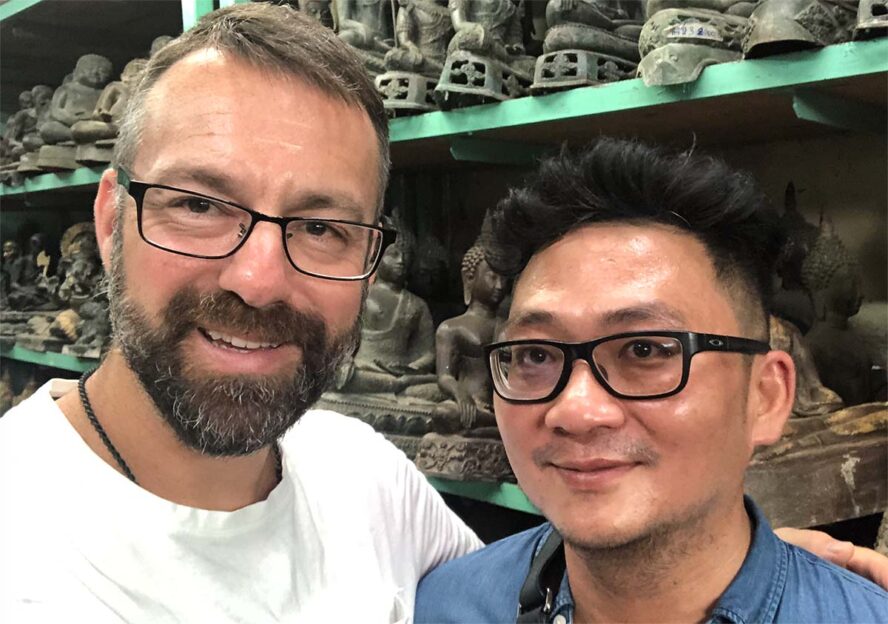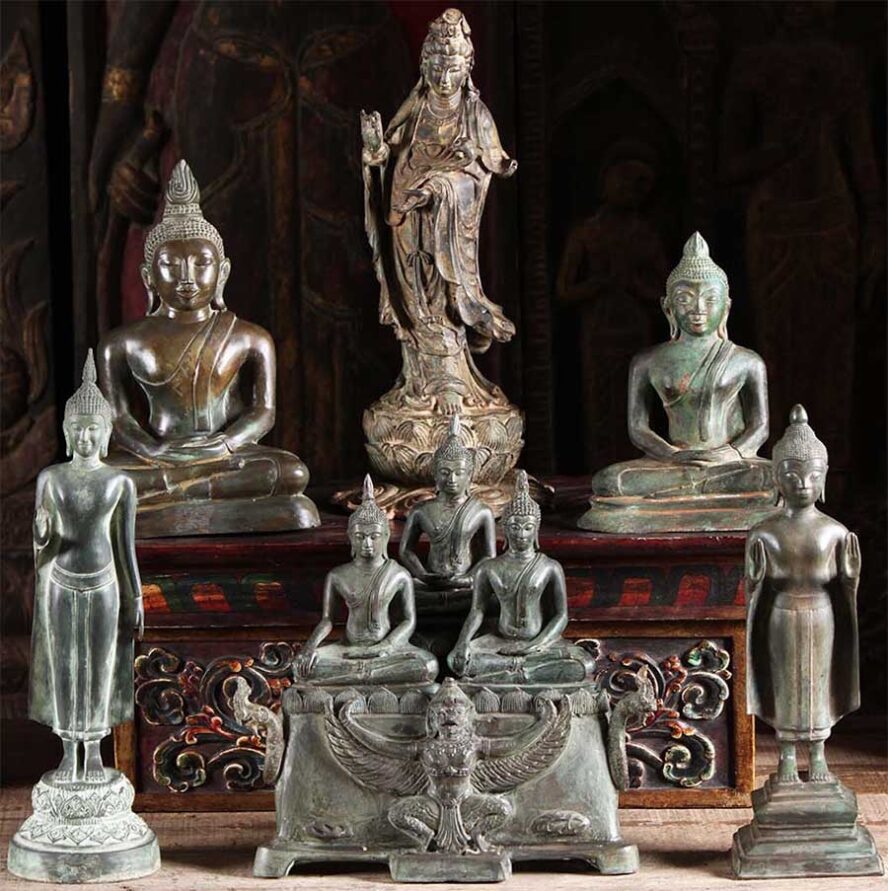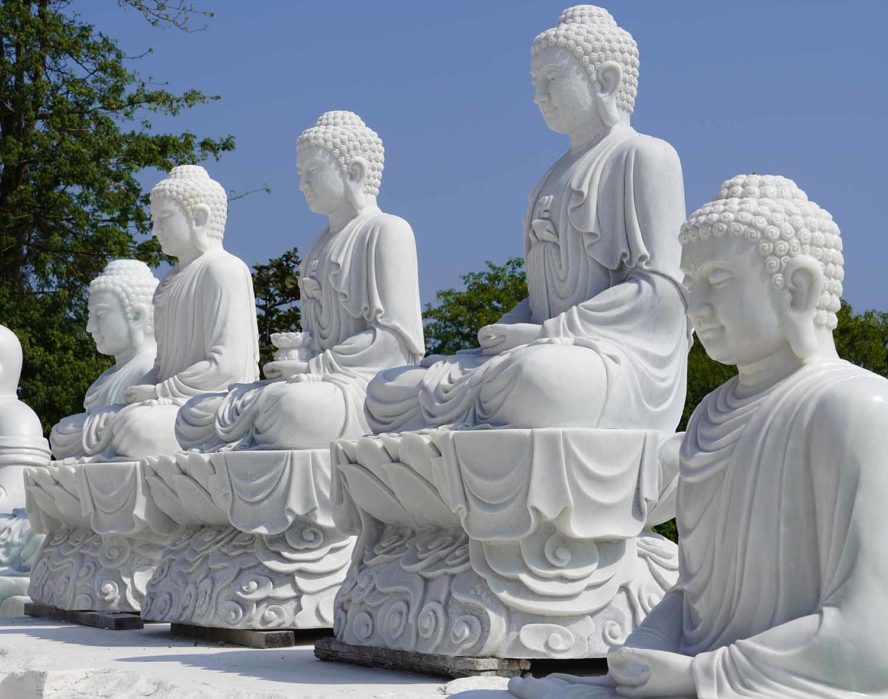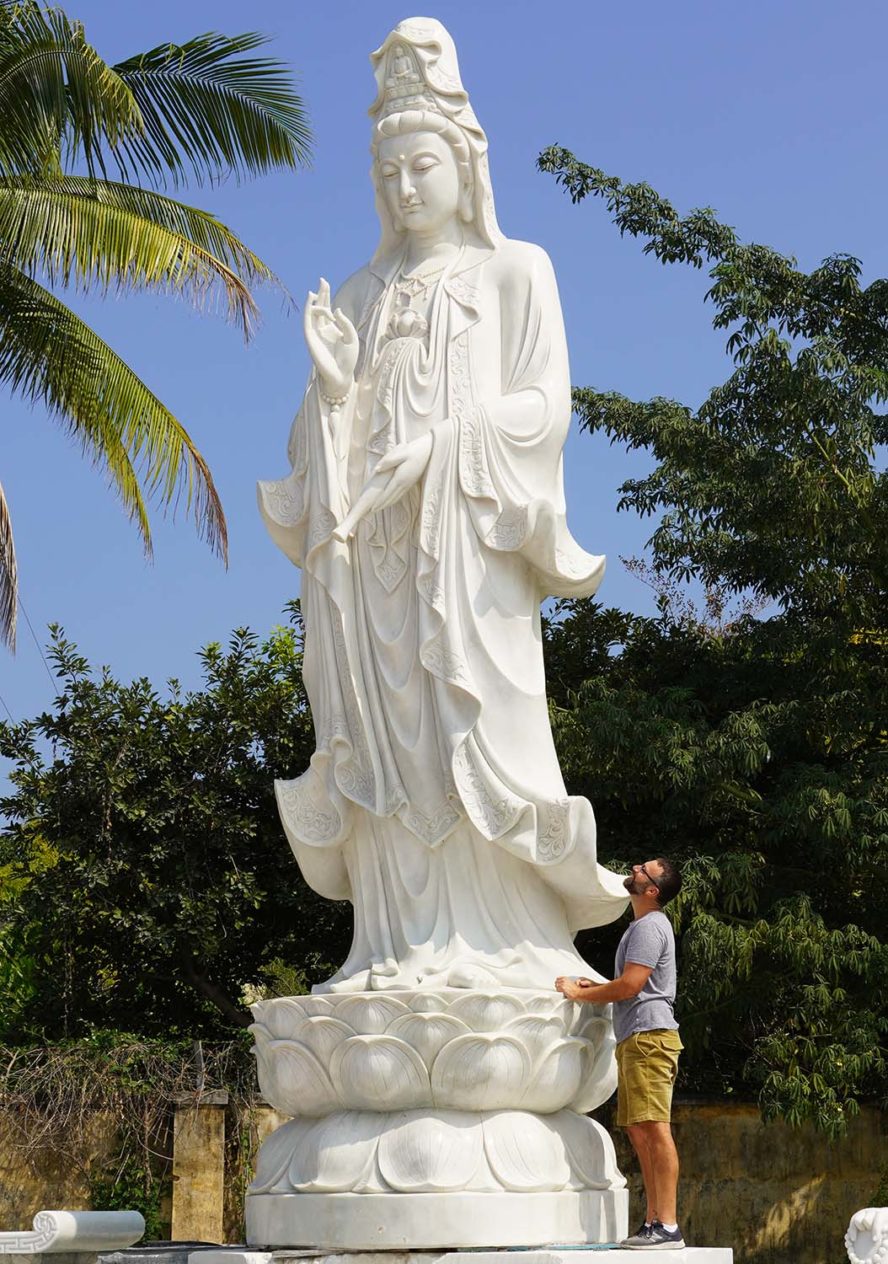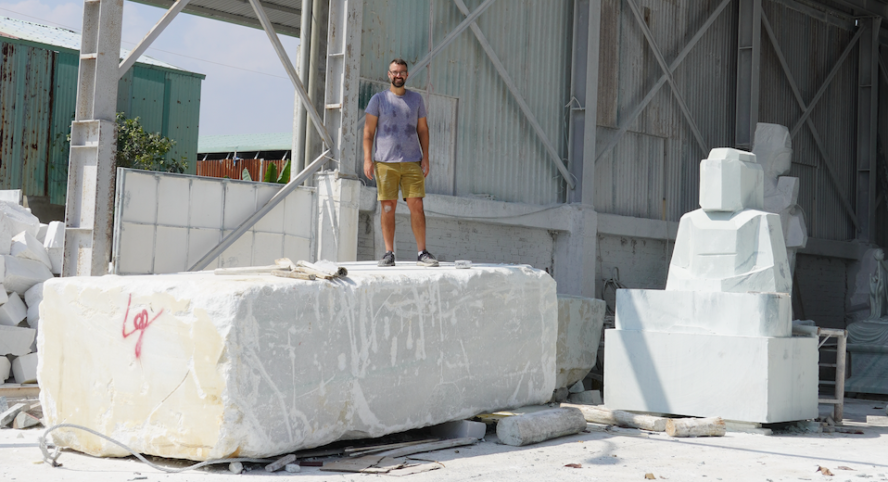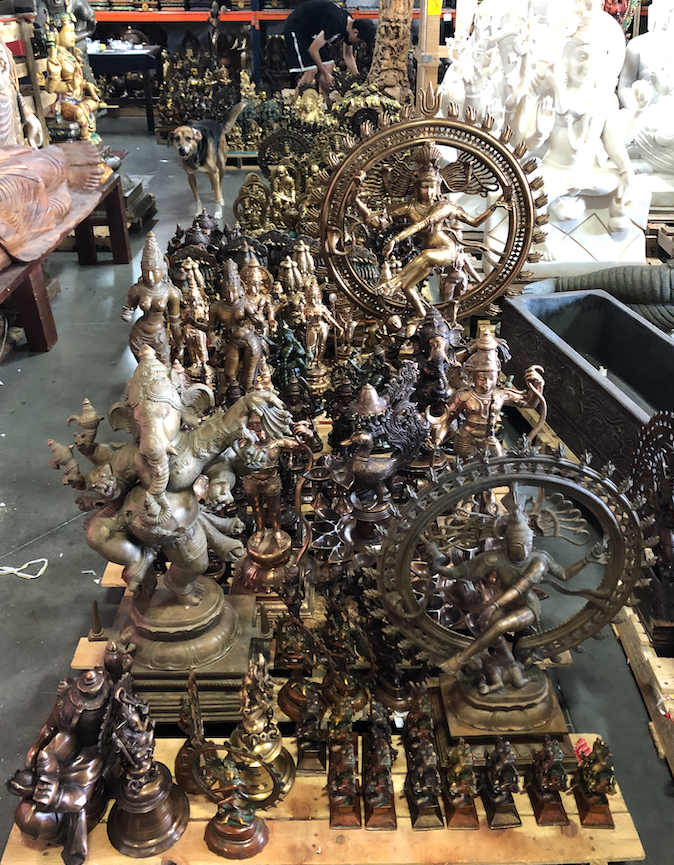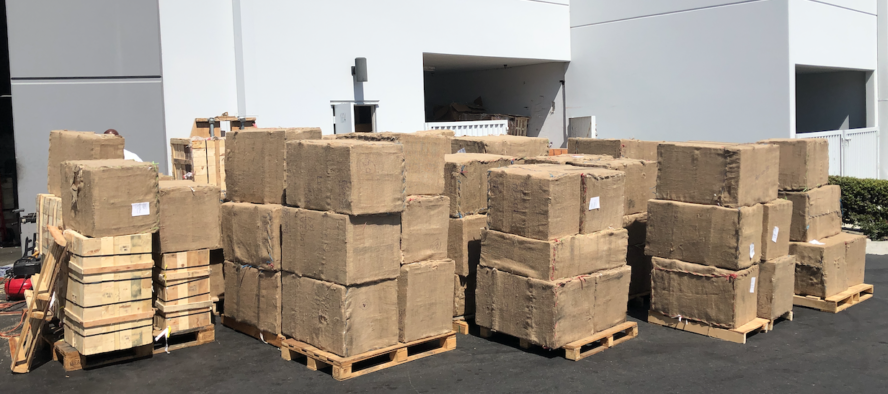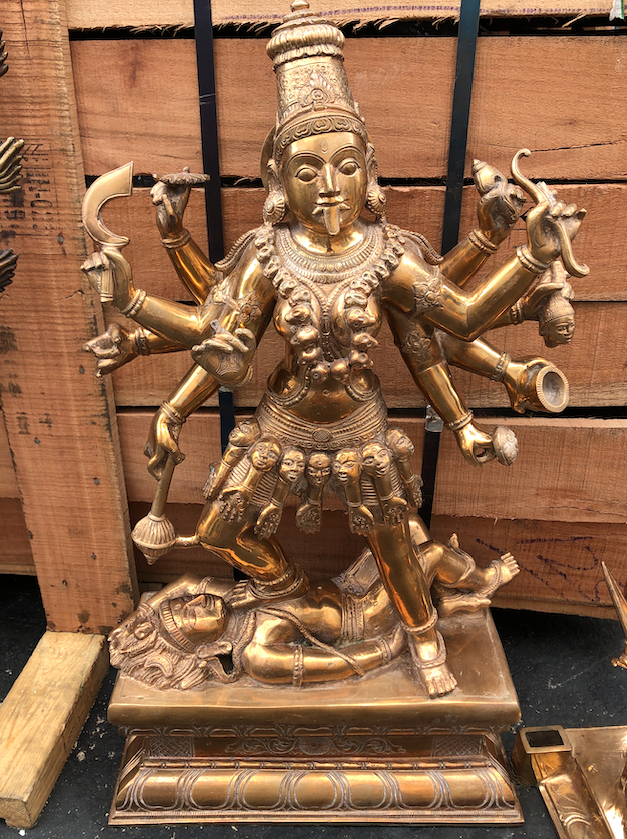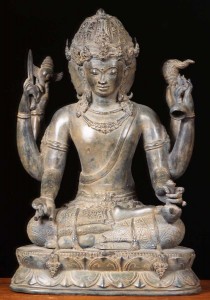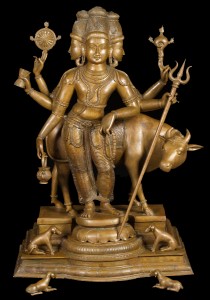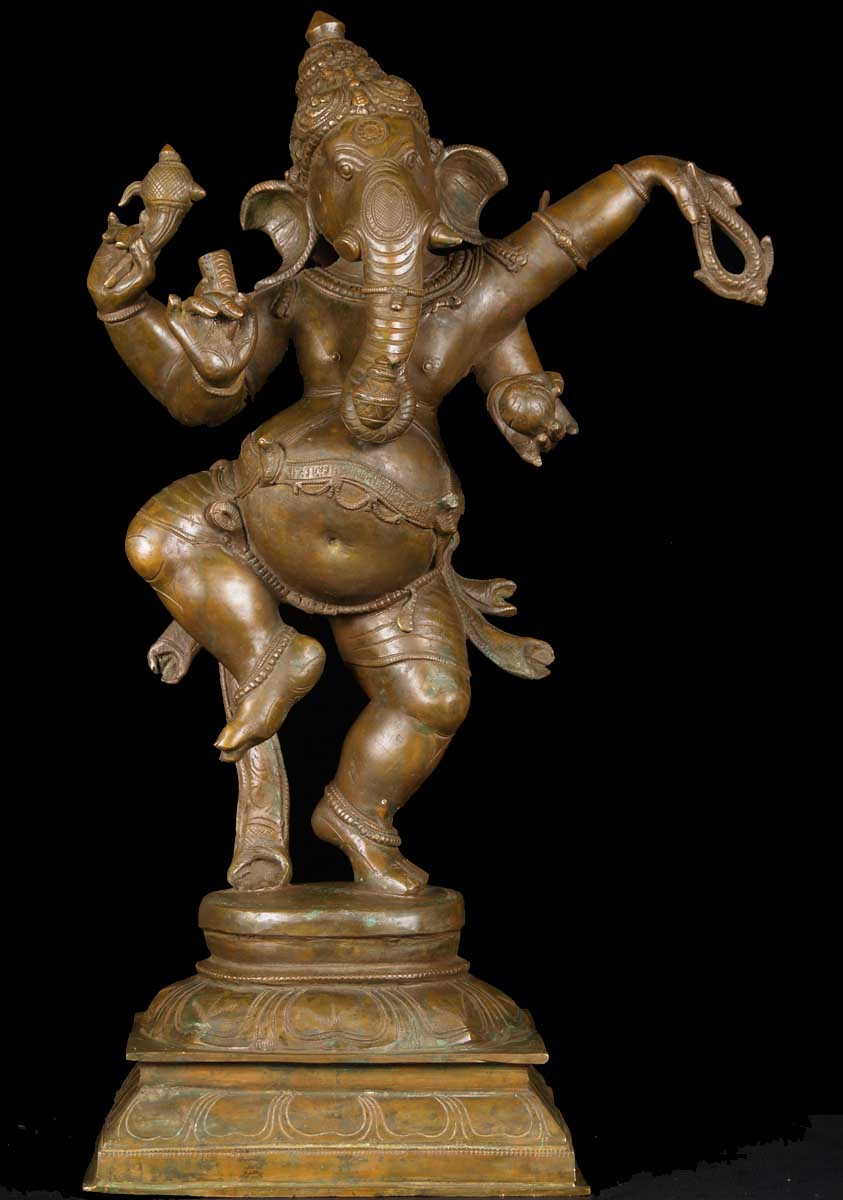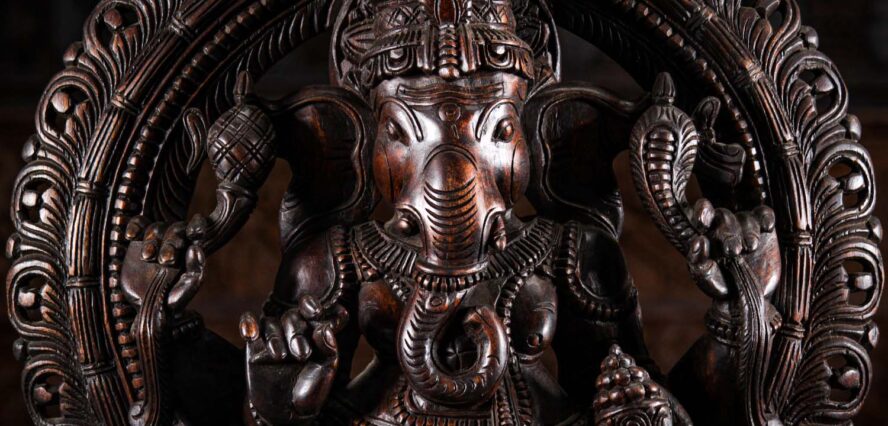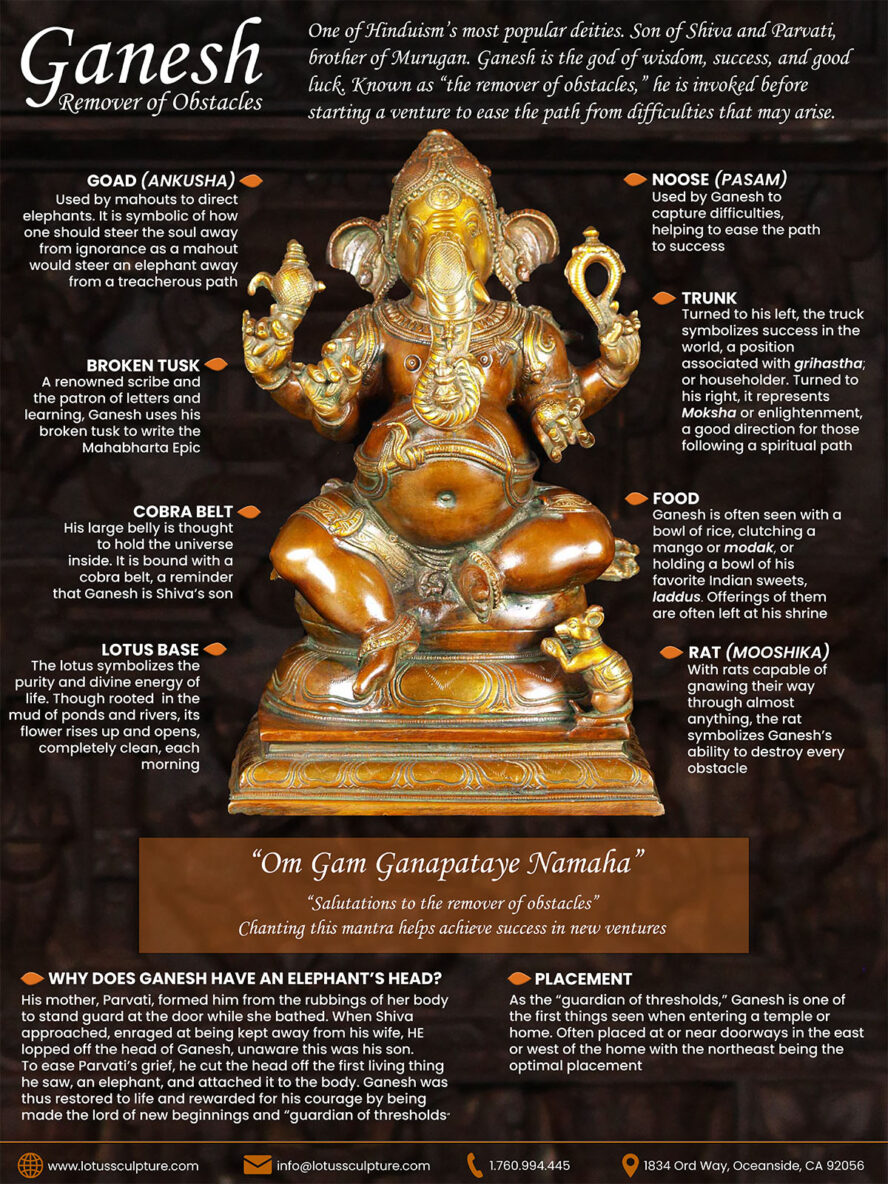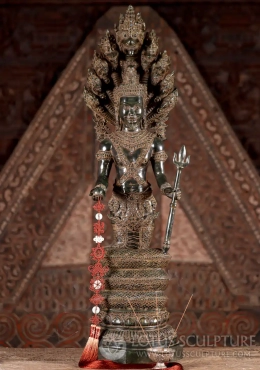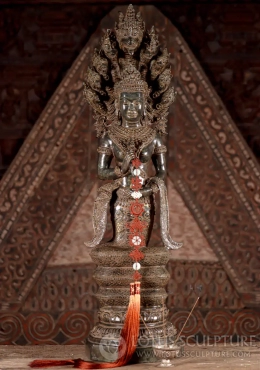Every time I visit my friend, Jew, I come away with more respect and admiration for him and what he does. He and I share a passion for the statues he creates, he with a firm love of making Buddha statues and I with a firm love for sharing them with the world.
Jew is a 40-year-old producer of Buddha sculptures in the small village of Nakom Pathom, Thailand, about an hour and a half north of Bangkok. Having known him for 12 years now I always knew that he took over the business from his father who started it 40 years ago. What I learned on this trip was that Jew had taken over a struggling business at the young age of 20. I was always under the assumption that his father had a thriving business that he took over and made better, but this was not the case at all. Jew’s father had only one artist working for him while Jew has created a prosperous business employing all the families in his surrounding village of almost 40 people. Click here to view his Buddha artists handcrafting Buddha statues. Every day he spends hours going over each of the statues to make sure they are being executed correctly. He is very concerned with the well being of his workers. He pays them well and wants them to succeed.
I first fell in love with his work because he had the best patinas on his sculptures that initially made me mistake them for antiques. He had beautiful antique patinas that no other producer was able to create. This is still the case today. He recently developed two new patinas of a stunning antique green and a deep red mixed with gold leaf.
I went out to dinner with him last night and in his broken English he summed up his worldview…
“When I die, I cannot take money with me. Money paper…I make Buddha, I pray Buddha so I can be born next time.”
When I asked him about his customers he told me the majority of his business, besides Lotus Sculpture, comes from temples within Thailand. I asked him if he sold to the antique dealers of the Riverside mall in Bangkok who are known to sell fake antique Buddha statues. He leaned over to me and said, “No, I do not lie.”
This is who he is, he is the salt of the earth with a good heart. I love his family; his crotchety old mom who yells at me every time I see her in Thai I do not fully understand, his beautiful wife and 3 children. And most of all I love him!

